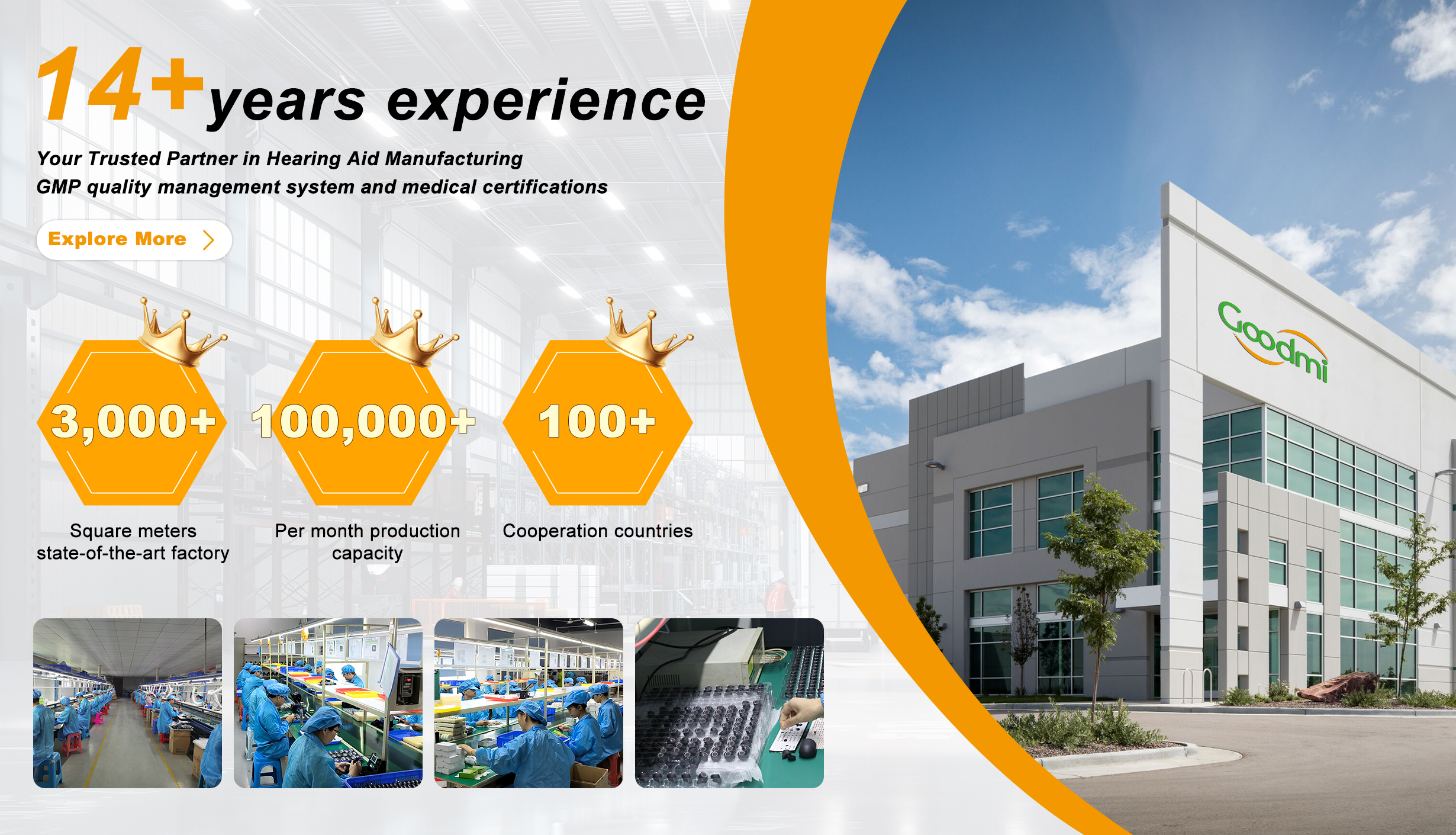The Global Aging Population: A Key Driver
Senior Demographics Are Surging
According to the United Nations, by 2030, one in six people globally will be aged 60 or older. Aging naturally contributes to a higher prevalence of hearing loss due to biological degeneration, increased exposure to environmental noise, and other medical factors. This demographic trend is reshaping healthcare priorities and creating new opportunities for hearing aid distributors.
Regional Hotspots for Growth
Regions like East Asia, Western Europe, and North America are seeing especially rapid aging, but developing markets in Southeast Asia, Latin America, and Eastern Europe are catching up. Distributors targeting these growth markets need to align inventory with culturally appropriate, affordable, and technologically relevant hearing solutions. People in Europe and America tend to prefer hearing aids with various functions, while people in Southeast Asia prefer basic models with more affordable prices.
Key Hearing Loss Statistics in 2025
WHO Projections
The World Health Organization estimates over 1.5 billion people live with some degree of hearing loss in 2025, with at least 430 million requiring rehabilitation services, including hearing aids. By 2050, this number may rise to 2.5 billion.
Increased Prevalence Among Adults 50+
Age-related hearing loss (presbycusis) affects over 50% of individuals aged 75+, but trends show that even younger age groups (50-65) are experiencing earlier onset due to lifestyle and occupational exposure.
Changing Customer Expectations
Demand for OTC & Bluetooth-Enabled Devices
Consumers are becoming more proactive and informed. As a result, there is a sharp rise in demand for OTC (over-the-counter) hearing aids, especially in the U.S. following FDA policy changes. Bluetooth streaming, rechargeability, and mobile app controls are now must-have features. Goodmi offers a wide range of hearing aids with numerous functions, which can meet the needs of customers from different countries and markets.
Aesthetic & Comfort-Driven Design
Modern seniors and middle-aged consumers prefer sleek, nearly invisible designs such as CIC (completely-in-canal) models or slim BTE (behind-the-ear) models. Customization and discretion are key selling points.


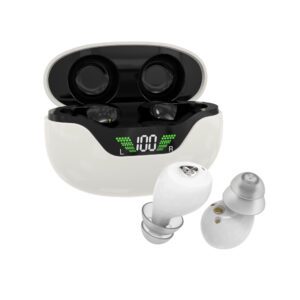
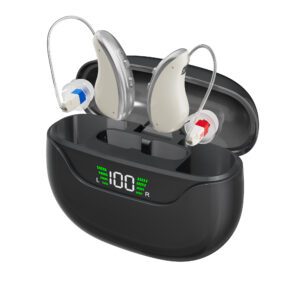
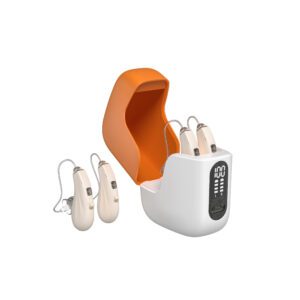
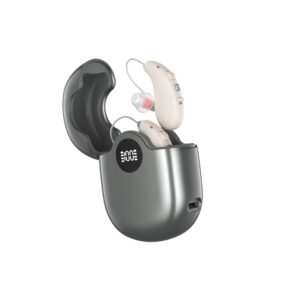
What Distributors Must Focus on in 2025
1. Expand Your Product Portfolio
Offer a variety of models including BTE, RIC, and CIC styles with options like Bluetooth connectivity, rechargeable batteries, and noise filtering. Don’t underestimate the market share of budget-friendly models in price-sensitive regions.
2. Prioritize Certified Manufacturers
To maintain credibility and ensure compliance, source from OEMs/ODMs that offer ISO 13485, CE, FDA, and RoHS-certified products. Transparency in supply chain and testing procedures is vital.
3. Provide Educational Resources
Distributors that help educate retailers, audiologists, and consumers about hearing loss prevention and technology often gain loyalty. Consider offering brochures, webinars, or in-store guides.
4. Align Inventory with Population Needs
Analyze population data by region to forecast demand more accurately. In fast-aging regions, focus on stocking devices suited for moderate-to-severe hearing loss and providing telehealth or remote fitting services.
Emerging Technologies to Watch
- AI-powered Noise Filtering: Machine learning improves real-time sound clarity.
- Self-Fitting Aids: Increasing popularity of app-based personalization.
- Health Integration: Devices now monitor heart rate, fall detection, and other vital signs.
These innovations are redefining hearing aids as multifunctional health devices rather than standalone amplifiers.
In a world that is rapidly aging, distributors have a responsibility and an opportunity to deliver value through smarter inventory, stronger supplier partnerships, and user-friendly product portfolios. Those who embrace demographic data and align with the most impactful hearing loss trends will lead in both impact and profitability.

